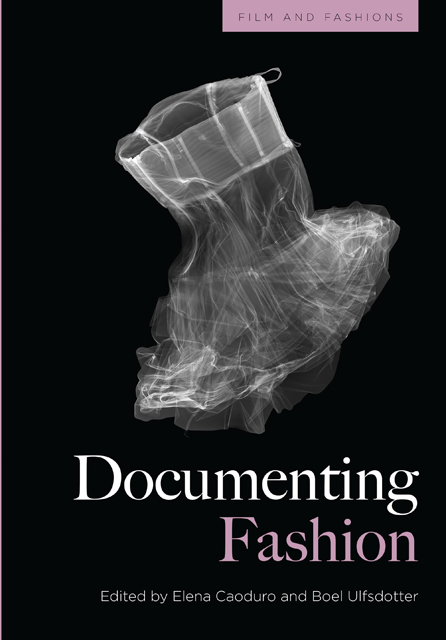3 - The fashion of east and west in German cinema newsreels (1950–65)
Published online by Cambridge University Press: 20 October 2023
Summary
Introduction
Almost immediately after the Second World War, it once again became important to be well dressed. After years of limitations due to the war effort, fashionable clothing became the key to social acceptance and professional success in the era of the German ‘Wirtschaftswunder’ (economic miracle). Furthermore, the fashion industry was important for the growing economy, industry and export trade. How could people find out what was now ‘in fashion’ and which style was now being worn in the major fashion capitals? Cinema and film provided images of a new modern life, in which fashion played a significant part in Europe. Before television was established in Germany at the end of the 1950s, cinema newsreels were the only medium to provide news and trends through moving images. In the 1950s, people visited a cinema at least once a week to watch the latest film and the newsreels in the interludes. By using moving pictures underscored by music and sound, newsreels gave viewers the impression of attending an illustrious fashion show or of being in the designer's studio, for example. In addition, the media represented the current political and cultural conditions in East and West. A comparison of the West German and East German newsreels reveals different perceptions of fashion and the demands on fashion in the contrasting systems of the two German states.
The fashion report in the West German newsreel Neue Deutsche Wochenschau (NDW) no. 19 from June 1950 is particularly impressive and may serve as a first example. It starts with the illuminated facade of the hotel ‘Atlantic’, accompanied by jazz music, and shows French designer Jacques Fath's fashion show at the popular Hamburg Hotel. The underscored music stems from the feature film Gilda (Charles Vidor, 1946). In that film, Rita Hayworth wears long black gloves, just as the first model in the report does. In this way, the newsreel appeals to the audience's knowledge of film and encourages the viewers to decipher and interpret the music's meaning (Chion 1994). Although the effect of the newsreel on spectators in the 1950s is no longer verifiable, it is likely that the newsreel's strategy of communication had the potential to shape the viewer's opinion and, in the longer perspective, the national image.
- Type
- Chapter
- Information
- Documenting Fashion , pp. 57 - 80Publisher: Edinburgh University PressPrint publication year: 2023

